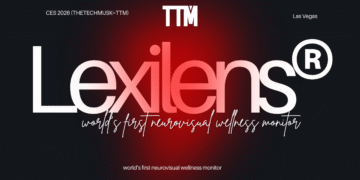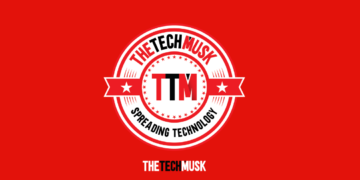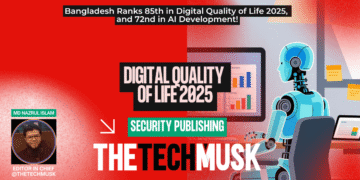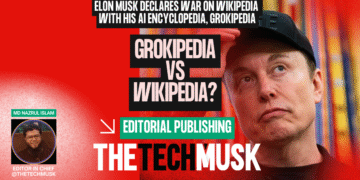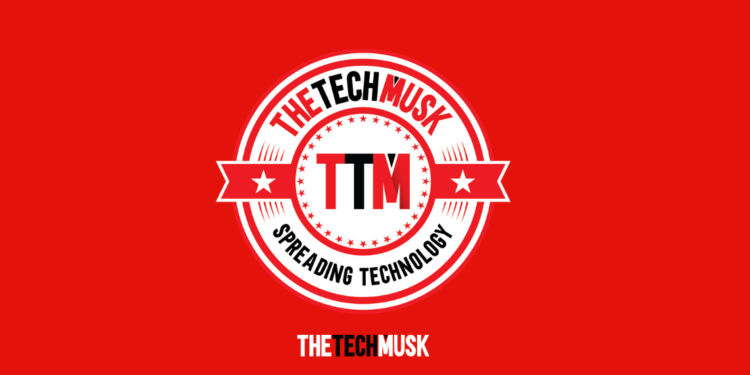To gain insights into how AI technology is improving productivity in the workplace, we sought the expertise of five industry professionals, including a Tech Lead and a CEO. Their responses range from the transformative power of NLP and GPT-3 to the efficiency of AI Machine Learning in document processing. Dive into their unique perspectives to understand the current landscape of AI in the workplace.
- NLP and GPT-3: Transforming Workplace Productivity
- Loom: Facilitating Asynchronous Meetings with AI
- Grammarly or Wordtune: Automating Proofreading Tasks
- AI-Powered Chatbots: Streamlining Inquiries and Support
- AI Machine Learning: Enhancing Document Processing
NLP and GPT-3: Transforming Workplace Productivity
One AI technology that has notably improved productivity in the workplace is Natural Language Processing (NLP), especially its generative models like GPT-3, developed by OpenAI. NLP allows computers to understand, interpret, generate, and respond to human language in a valuable way, which is transformative for numerous workplace applications.
GPT-3 can generate human-like text, enabling organizations to automate content creation for emails, reports, articles, and more. This frees human resources for more critical tasks and substantially improves productivity.
By understanding natural language, NLP tools can sift through vast amounts of unstructured data, like emails and documents, to extract insights, trends, and information. This aids decision-making processes and strategy development.
Mitesh Mangaonkar, Tech Lead Software Engineering, Data, Airbnb
Loom: Facilitating Asynchronous Meetings with AI
Our team is a fully remote team spanning the US, Canada, South America, Europe, Asia, Africa, and Oceania. The company operates remotely. I have found the concept of asynchronous meetings quite powerful for productivity. It’s still not yet perfected, but even in the basic format, it allows decisions to be made and the company to keep moving despite time zones.
We use Loom for this and found it effective. Team members create a Loom video at a time that suits them; decision-makers or other team members can watch it on their own schedule and provide insights or decisions that keep us moving. The asynchronous meeting is productive in itself, but Loom also has AI features built in that make this process easier and more productive.
Loom’s AI generates titles and chapters so team members can dip in and out of meeting sections so they see only what matters to them. The AI also creates a video summary and identifies tasks from the meeting. It works for us!
Tom Sanderson, Co-Founder, Kineon
Grammarly or Wordtune: Automating Proofreading Tasks
One AI technology that I’ve seen improve productivity in the workplace is AI apps for tech enhancement. Whether it’s Grammarly or Wordtune, these apps proofread all of your writing, so you don’t have to take time out of your day to proofread on your own. The days where you’re constantly reading all of your messages line by line are over, now that we have AI to do it in seconds.
Joshua Evans, Tech Policy Thought Leader
AI-Powered Chatbots: Streamlining Inquiries and Support
One AI technology that has significantly improved workplace productivity is AI-powered chatbots. These chatbots can handle routine inquiries, provide customer support, and streamline internal processes, freeing up human employees to focus on more complex tasks.
Khurram Mir, Founder and Chief Marketing Officer, Kualitatem Inc.
AI Machine Learning: Enhancing Document Processing
Organizations across industries are seeking ways to deliver more with less and improve employee productivity. Intelligent document extraction, powered by AI machine learning, improves productivity in the workplace by significantly reducing human touches and data entry processing when documents come into an organization and require processing.
In the specific use case of accounts payable invoice processing, organizations leverage intelligent document extraction to reduce inbound invoice processing transaction costs by over 90%. AI-enabled capabilities will continue to expand in the coming years to help humans more efficiently do the work only humans can do, while automation will handle the rest.
Gina Armada, CEO, MHC Software

